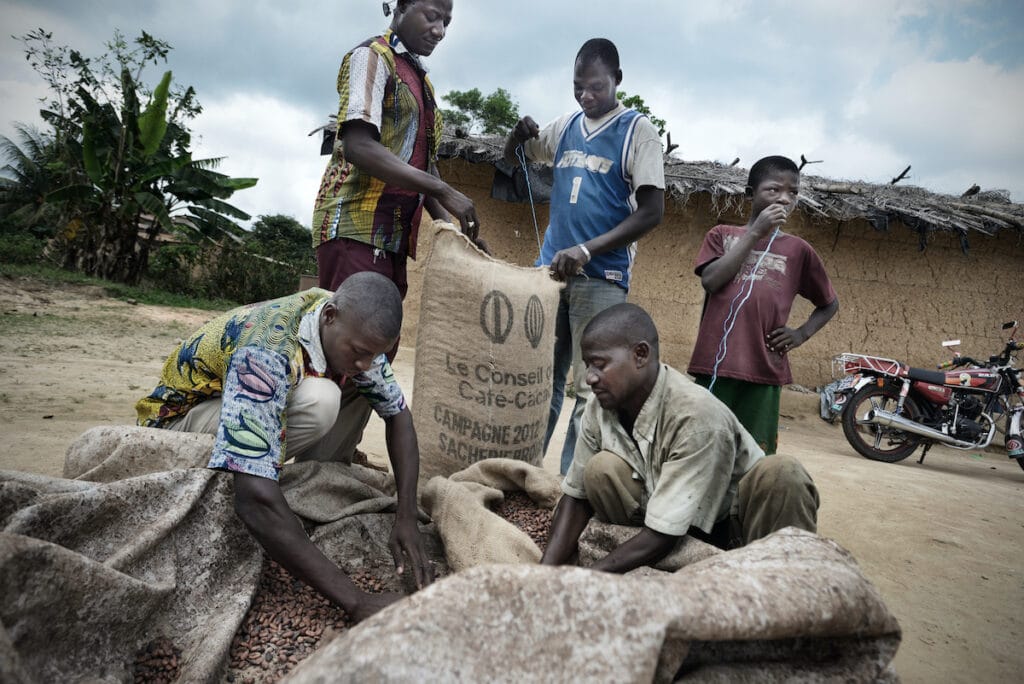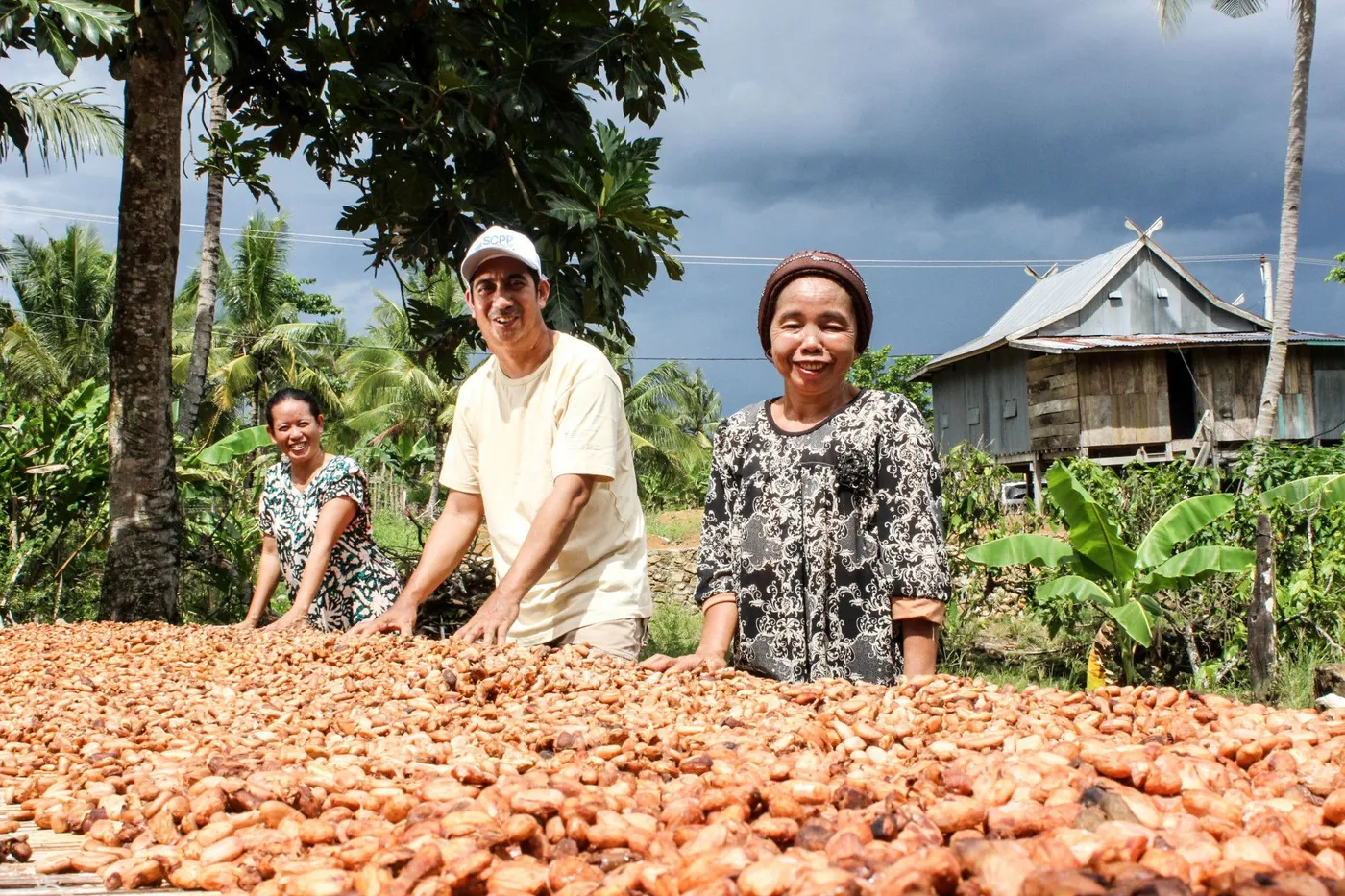Developed with Netherlands-based Agri-Logic, on an initial idea created with Rainforest Alliance, the tool uses a minimal set of data points based on the Living Income Community of Practice and the Anker Methodology to estimate farmer income “without the extensive data collection often assumed necessary”.
Developed by TRACT, a pioneering SaaS platform, ofi (olam food ingredients) and Olam Agri, the scenario model illustrates how interventions, such as yield improvements, more efficient fertiliser use, or price adjustments, can help close living income gaps — providing users with actionable insights into which initiatives are most effective in driving change.
A 'challenging topic'
As well as simplifying the methodology used, ofi and Olam Agri say they are also willing to openly share the platform as a recognition that cross-sector collaboration “is a must to see progress at scale on this challenging topic”.
Olam’s agri and ingredients divisions have deep roots in sustainable sourcing, with a track record of improving farmer livelihoods across their supply chains and making sector-leading commitments to advancing farmer income.
Other tools, platforms, and methodologies used to calculate farmer living income in the cocoa sector. These are widely used by NGOs, certifiers, chocolate companies, and researchers:

TRACT says it is inviting companies, NGOs, researchers, and technical experts to take part in the review of the approach and to contribute to broader alignment efforts on farmer income in collaboration with IDH, which is also a leading partner in this space.
Together, TRACT and IDH say they “aim to advance industry alignment on farmer income measurement across key commodities and ensure compatibility with related data initiatives”.

If the initiative succeeds, the platform will accelerate expansion into this essential aspect of supply chain resilience. The goal is a streamlined approach that delivers faster, more cost-effective insights into farmer income, allowing companies to focus more energy on creating impact and less on duplicative data collection.
“We’re thrilled to work with partners that are thinking innovatively about major sustainability challenges and willing to share their experience for the benefit of the sector,” said Allison Kopf, CEO of TRACT. “This tool will serve as a springboard, helping us get to an industry-aligned and widely used approach faster.”
'Pre-competitive alignment'
She explained that the work builds on TRACT’s ongoing work in facilitating pre-competitive alignment on sustainability metrics and methodologies and embedding those aligned approaches into its platform to enable consistent, practical use across the industry.
In this case, TRACT is working in close collaboration with IDH and using the tool from ofi and Olam Agri as a tangible starting point for alignment.

Yves-Pascal Suter, Head of Social Impact at ofi, said, “Understanding living income gaps is the crucial first step in tackling the complex challenge of helping more farmers have a decent standard of living.
“Together with Olam Agri, we saw a gap in the market for an effective measurement tool. When combined with our deep-rooted presence within farming communities, it has provided valuable insights into the most effective strategies for partnering to address these gaps and progress towards our goal of enabling 200,000 farmer households to achieve a living income by 2030 under our Choices for Change strategy.
"We hope that by making it accessible to the broader food and agri sector, it will be refined further and help create a shared approach to improving farmer incomes worldwide.”
- From the Desk of CocoaRadar is the official media partner ECA 9th European Cocoa Forum.
- 'From Our Desk. To Yours. Daily.'
- Sign-up here for free and upgrade to an annual plan with a 25% discount


